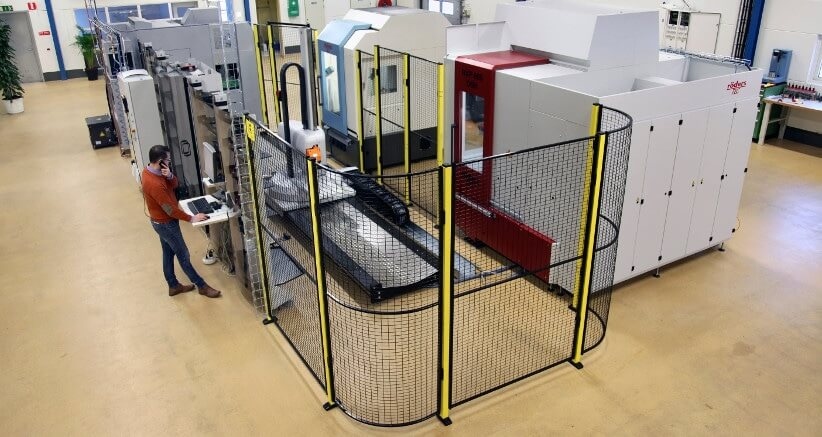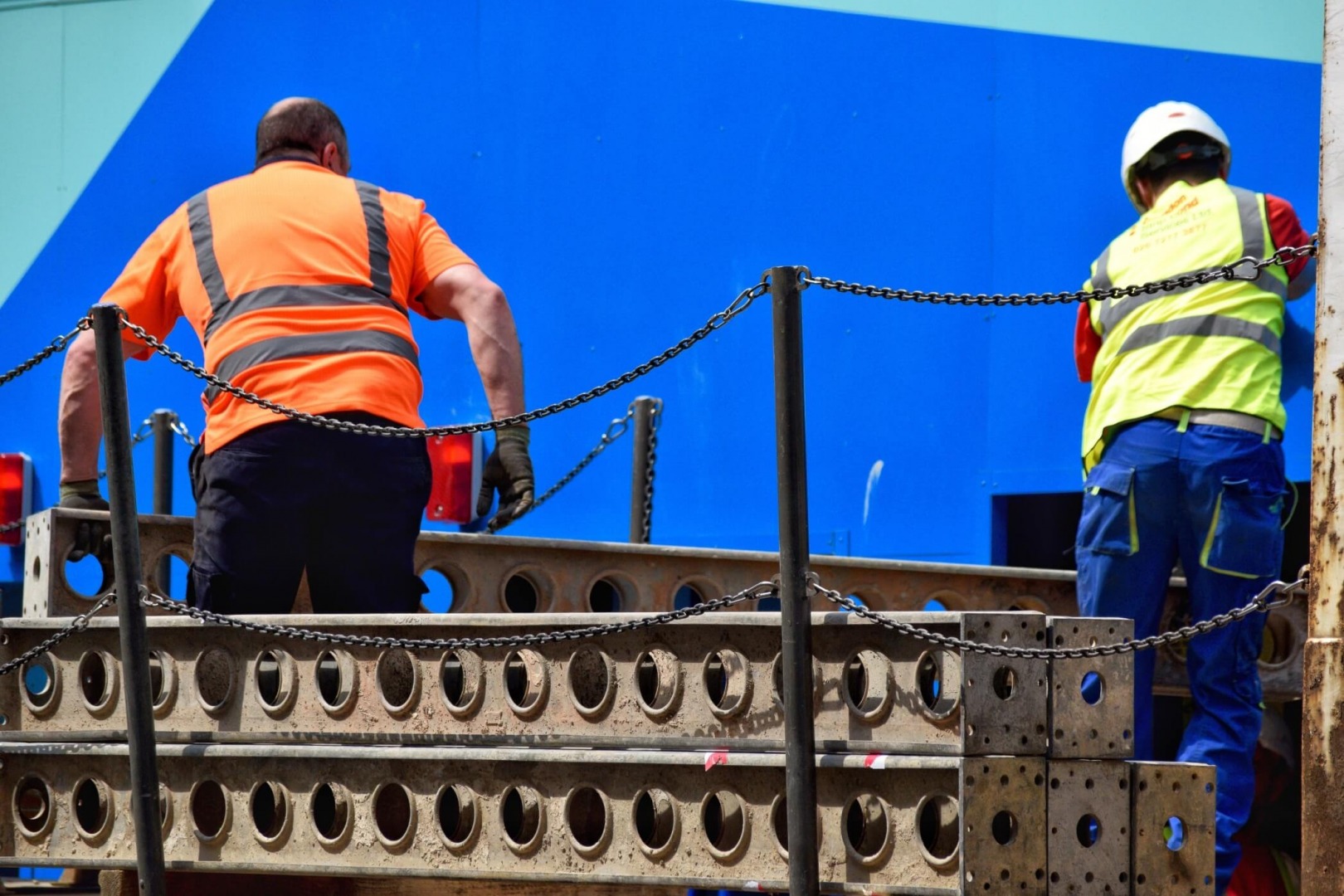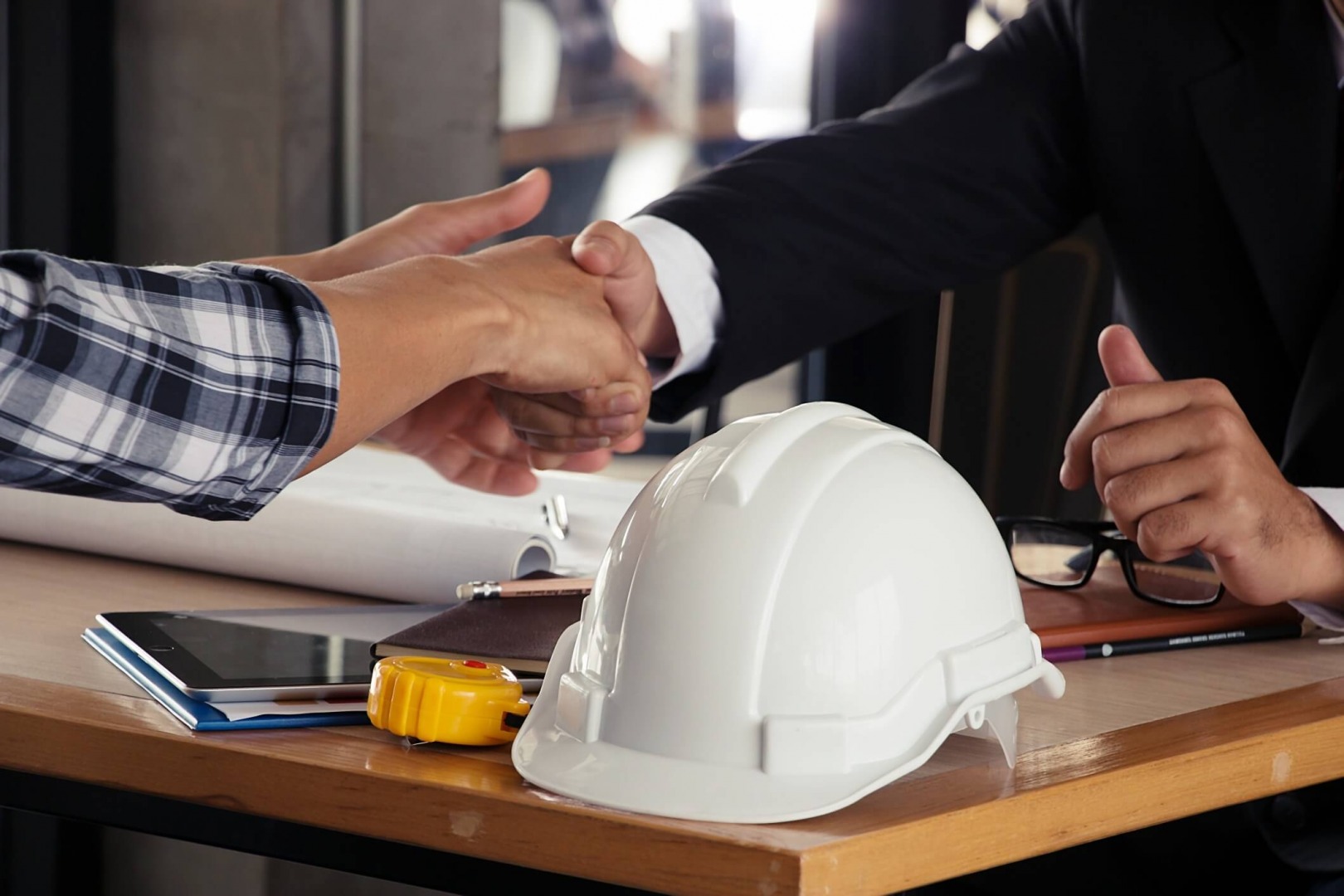Comments
- No comments found

For quite some time now, people have been designing and building machines to help out in various workplaces.
Some of the earliest examples of machines include mills for grinding grains. Over time, various types of pulleys, levers, and other devices were created to lighten the workload for humans and livestock and enhance their capabilities. More complexity entered the mix over the years, giving rise to looms, the cotton gin, sewing machines, and even tractors. During the 1940s, machines began to work their way into factories and other facilities to an even greater extent. From there, the concept of automation truly took off.

Machines have brought numerous benefits to the workplace. They make people's jobs a bit easier and less stressful. They can also take a great deal of heavy lifting and repetitive motion out of the equation, reducing the likelihood of certain types of workplace injuries. Of course, it's impossible to ignore the fact that machines have streamlined operational processes while increasing productivity and efficiency. Though some people argue that machines have taken over many human jobs, you could argue that they've created a long list of additional jobs as well. On top of all that, machines have made it possible to create countless products that wouldn't be available today without the automation, mass production, and fine-tuning machines allow for.
Despite all the benefits machines provide for workplaces in virtually all industries, they also come with a few downsides. One of the most significant is the many dangers they can introduce to factories, farms, and other places. Numerous measures have been taken to increase workplace safety and reduce the number of injuries caused by machinery. One of the simplest and most effective is Machine guarding. By having various types of guards in place, the likelihood of a wide range of injuries is greatly reduced.
Several types of injuries can take place in the presence of machinery. In fact, machinery is at least partially responsible for more than 12,000 workplace injuries each day, making it the second most common job hazard. Though the types of injuries and their extents vary by industry and the types of machinery and equipment being used, some are universal. At the most basic level, moving parts can lead to bruised and broken fingers, minor cuts and scrapes, and burns from hot surfaces. Of course, matters only get more complex and dangerous from there.
With so many sharp edges and moving components, the risk of severe lacerations and puncture wounds runs high in workplaces that use machinery. Cuts and punctures can cause their fair share of damage ranging from broken skin and torn muscle tissue to injured nerves and bones depending on how deep and wide the wound is. Infections caused by bacteria and other pathogens that enter the wound can be detrimental as well. While lacerations and punctures are certainly dangerous, the resulting infections often cause even more damage, spread throughout the body, and bring about the need for additional recovery time.
An estimated 125,000 workers suffer crushed limbs due to machinery each year. This type of injury causes broken bones, deep cuts, and nerve and muscle damage to list a few of the possible repercussions. They may also cause blood vessel damage and heavy bleeding. Like lacerations and puncture wounds, crushed limbs often result in infections as well. In many cases, injured workers must participate in extensive therapy and rehabilitation to recover from these types of injuries. Some never regain full use of crushed limbs. As such, they may require additional occupational therapy or become altogether disabled.
Some moving equipment and large machines with broad openings can also pose the risk of workers falling into the machinery or being struck or crushed by it. Those incidents often result in life-altering back and spinal cord injuries. Injuries like those can result in paralysis and other long-term issues. While some workers are able to recover from back and spinal cord injuries to an extent, many bear the burden of those injuries for the rest of their lives.
Those are only a few of the common injuries caused by machines in the workplace. Concussions, electrocutions, and suffocations also happen more frequently than many people realize. Amputations often result from machinery injuries as well. In some cases, limbs are amputated by moving parts in machines. Other times, the damage from crush injuries and other incidents is so severe that it necessitates an amputation after the fact.
Organizations like the Occupational Safety and Health Administration, or OSHA, have strict guidelines in place when it comes to workplace safety where machines are involved. They also offer numerous resources that are designed to help reduce the risks for workers. One of their primary points in this regard is understanding exactly which dangers are present. Different types of machinery pose different dangers. Pinpointing the hazards of each type of equipment in a workplace is the key to effectively reducing the risks for people who work with or around those machines.
According to regulations, any opening on a machine that could expose workers to moving parts should be covered by an appropriate guard. Those that lead to wiring and electrical components should also be covered because they expose workers to the risk of being shocked or electrocuted. Openings that are large enough for a person to fall into should be covered as well.
Various types of guards are recommended for openings in machines. They vary based on the sizes of the openings and the types of hazards that lie within. Some guards are designed to completely cover machines, tanks, and other types of equipment. These are used in cases where exposure to chemicals and other dangerous substances is possible. Whereas some guards are fixed in place, others are retractable.

Machine guards can help improve workplace safety, but they're only one piece of the puzzle. Numerous additional measures should also be used to reduce the risks of injuries and exposure to harmful substances. Above all else, it's important to educate workers about the dangers that are present and how to avoid injuries. Combining various safety measures with education is essential for creating a safer workplace.
Leave your comments
Post comment as a guest